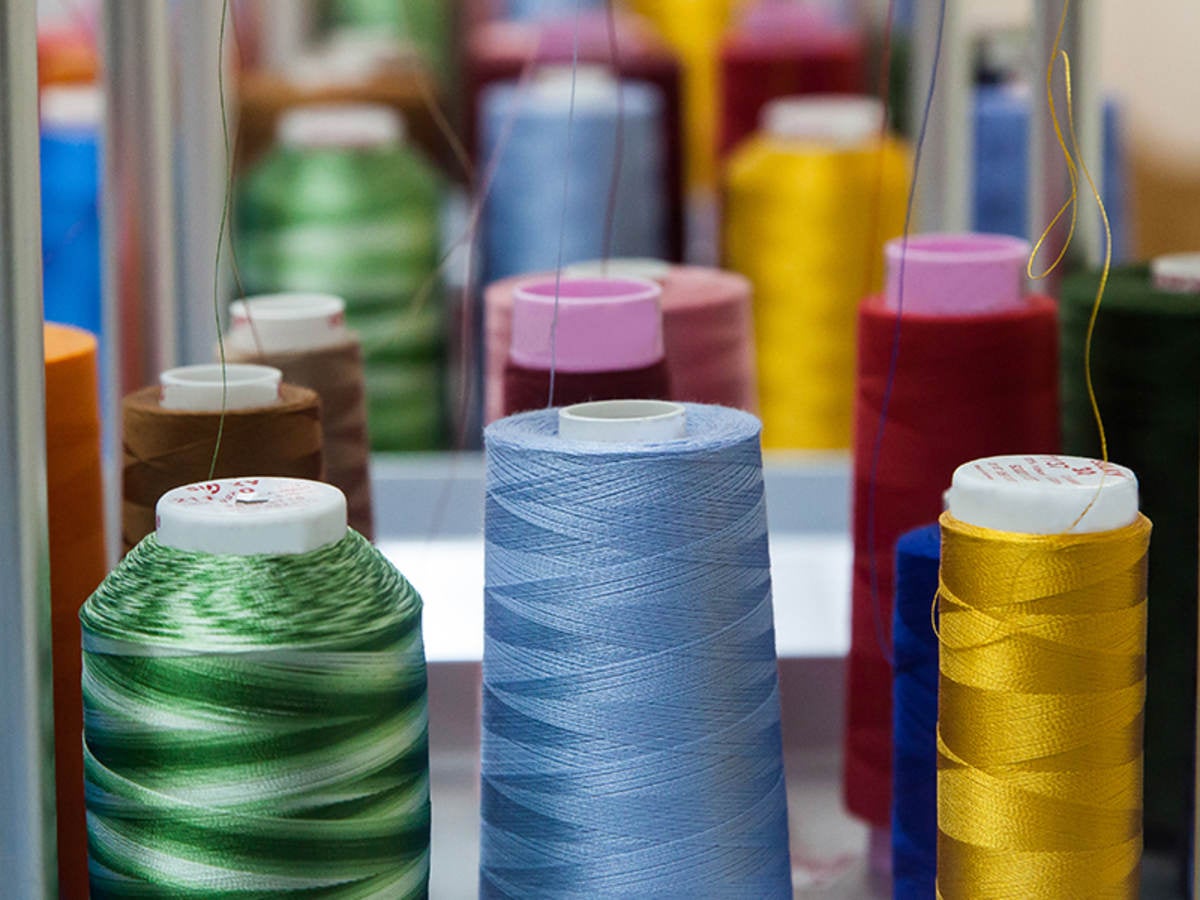October 15, 2019
A proper chemical management and audit program can help you address and overcome the sustainability challenges in your industry. We are constantly working on providing you with ways to increase sustainability in the textile, apparel, leather, and footwear industries. Following our webinar on-demand on sustainable chemistry and supply chain management, we interviewed our experts Elisa Gavazza, UL CRS Global Lead for Chemical Management, and Peter Cheng, UL CRS Environmental Lead.
Read the interview below to help you better understand how textile companies can achieve sustainability in their supply chains. Contact us to learn more about our wide portfolio of services for the textile and leather industry.
Q: Can I perform wastewater testing using a different approach than the one in the ZDHC Wastewater Guidance document?
Elisa: Yes sure, every brand that is not a ZDHC contributor and is not willing to have wastewater test results uploaded on the Chemical Gateway can decide how to approach wastewater testing, defining, for example, how often to perform sampling, which parameters to include in the testing and how to perform sampling. The approach you take may depend on several factors, one of which, for sure, your commitment and the goals you are willing to achieve.
Q: We are now starting to approach sustainability and ask our suppliers to phase out certain dangerous chemicals. Is wastewater testing the first step we should do?
Elisa: The approach to choose may differ from one company to another. UL usually suggests to start the sustainability journey with training and informative events for the supply chain. These events give you the possibility to share your commitment, explain why and how you are willing to be more sustainable, and what your expectations are. After this you will have a more engaged supply chain, which is what you need to be successful.
Q: What is the basic process of Higg FEM?
Peter: It is a continuous program year by year. For example, in 2019, you have to purchase a self-assessment module of 2018 and complete the data, then post it on the Higg platform and share with the client. Verification might be conducted by a 3rd party, if required by your client, to ensure the module is complete and accurate. In 2020, you will begin another cycle by purchasing the 2019 FEM and completing it.
Q: What is the difference between the BEPI and SAC Higg program?
Peter: BEPI is applicable for all industries, while the Higg program is mainly for the textile, footwear, homeware, and they are increasing their applicability to more industries.
Regarding the applicability, only the producer of BEPI members may apply BEPI audits. However, all factories can register for the Higg program and complete the self-assessment form.
Q: What are the benefits of BEPI and SAC Higg program?
Peter: The purpose of BEPI and SAC are quite similar, using a common approach to measure and evaluate sustainable performance and provide a platform for them to share the result. BEPI has over 460 members, and SAC has over 200 members from apparel and footwear supply chain, and you can easily share your sustainability performance for multiple brands by using BEPI or Higg platform.
Contact us to learn more about our wide portfolio of services for the textile and leather industry.
Get connected with our sales team
Thanks for your interest in our products and services. Let's collect some information so we can connect you with the right person.


